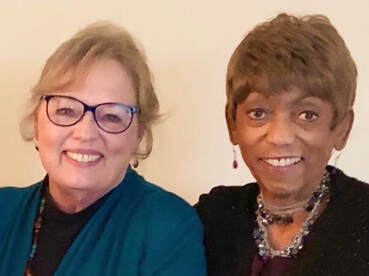|
As a nation, we have endured inequities in the workplace for centuries. When the U.S. Equal Employment Opportunity Commission was founded in 1965, employers sought to develop more integrated and harmonious work environments through specialized training and refining employment policies and practices. Although well-intentioned objectives, a 2019 Harvard Business Review study found that bias-focused training can actually backfire, generate employee defensiveness, and have only marginal effects on changing behaviors, especially in mandated scenarios.
More recently, pressured by growing social justice initiatives, Diversity, Equity and Inclusion (DEI) Programs are rapidly expanding in a number of ways. Striving to venture beyond “box-checking” compliance standards, employers now seek to implement more culturally responsive practices related to hiring, recruitment, performance management, compensation, skill development, mentorship, benefits, and more. Common barriers to mapping DEI strategies in the workplace, as well as sustaining and expanding existing programs, include lack of leadership commitment, organizational distrust, conflicting narratives, unrealistic goals, shortage of resources, and inadequate communication skills to discuss topics that may reflexively lead people into flight, fight or freeze reactions. A well-designed, comprehensive DEI development plan is good for people and business. Besides improving employee satisfaction, decision-makers can perform from a place of heightened understanding with a long-game perspective; skills and talent grow creating greater potential for innovation; product and services become more aligned with customers and clients; and the personal capacity to discuss, process, and prioritize difficult human issues is normalized. All help advance prospects for truly lasting cultural transformation. |
|
Amanda Gorman, the youngest inaugural poet in U.S. History, shares her thoughts on the importance of talking about race in her poem titled, "Talking Gets Us There".
|
 "Can We CHAT" process designers Jackie Boor and Carol Wright
"Can We CHAT" process designers Jackie Boor and Carol Wright
